
Sharifah Maheran Barakbah has always wanted to be an artist and her interest in batik in particular led to experiment on her own with a few batik starter kits. From there, she decided to attend the Institute Teknologo Mara for four years and graduated in 1972. Although she has also studied printing and weaving she gravitates toward batiks because to her “batik is more free and allows [her] to be creative and versatile.”
Soon after graduation she began to make her own fabrics and designs. When she first started, batiks were still very traditional and not innovative. Barakbah is proud of her ability and vision to come up with new motifs and colours and is constantly changing her products to meet the demands of her customers. From block printed batiks, she has since moved on to hand-painting as a way to distinguish herself from the numerous batik manufacturers in Malaysia.
Barakbah generally paints only on silk. Sometimes she replaces the traditional tjanting and wax for gutta, a rubbery substance that also resists water. The difference is that it lies more on the surface so the dye bleeds just a little creating a soft feathery look to the edge.
Her most creative designs are created free-hand, without any outlines or resist at all, like painting with water-colour. They are the most difficult to create because once the dye is down, there is no going back. Any mistakes must be adapted and worked into the overall concept.
It is vital to Sharifah that her designs are versatile and meet the taste of a wide range of customers. Her motifs include a rainbow of colors and range from floral and animal to geometric designs. She is especially influenced by Native American Indian designs whose geometric aspect mesh very well with Malaysian design. The resulting earthy geometric design is her signature style.
While many people think that international design has invaded and damaged traditional Malaysian garments, Barakbah asserts that this fusion of styles is a part of the countries heritage. Malaysia is a country with many different cultures and ethnicities and this style-mixing of different traditional motifs and clothing is a wonderful consequence of it. Her designs are constantly evolving with the times. These days, her designs are more simple, to suit today’s style and younger generation. Because of her ability to adapt to many tastes, Barakbah’s clients include Malays, Chinese, Southeast Asians and Westerners; encompassing batik lovers from all over the world.
 Besides clothing, Barakbah also creates batik paintings which mix modern with traditional. Her favorite subject is flora with a contemporary twist. She was once commissioned to paint 400 wall hangings of flowers, 3 meters long each. Working rigorously, she was able to create 2-6 a day! Thus, this versatile woman is both artist and designer just as a batik can be both art and fashion.
Besides clothing, Barakbah also creates batik paintings which mix modern with traditional. Her favorite subject is flora with a contemporary twist. She was once commissioned to paint 400 wall hangings of flowers, 3 meters long each. Working rigorously, she was able to create 2-6 a day! Thus, this versatile woman is both artist and designer just as a batik can be both art and fashion.Although Barakbah started on her own, Barrakaff has come to be a family business with a staff of 5-7 workers. Her husband helps her with the marketing and her two sons, ages 29 and 30 are being groomed to take over the business in the future. That does not mean however that Barakbah will be releasing the reins any time soon, as she says, “I love this job, I will never retire…I love making batiks”

This team of helpers does not mean that Barakbah is allowed to relax. In the end, most of the work still falls on her shoulders. First, she must come up with idea on paper or maybe straight on cloth and draw it out on a large piece of paper. Her staff then simply trace the design and do brushwork.
After traveling all over the world to places such as Japan, China, Australia, the U.K. and America she sees that “Westerners really appreciate art, Malays not as much." That applies to Asians in general she asserts. The Chinese and Koreans for example were not very excited or impressed about an artist working before their eyes. In Europe and America, Barakbah asserts, “they go crazy over it.”
Plans for the future focus more on mass-production because as in her words, “after many years of experience, this is the only way to expand a batik business. To move away from being exclusive. Not giving it up altogether, but to do both.”
Plans for the future focus more on mass-production because as in her words, “after many years of experience, this is the only way to expand a batik business. To move away from being exclusive. Not giving it up altogether, but to do both.”
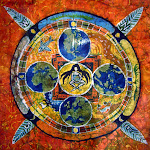
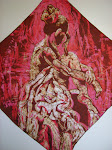

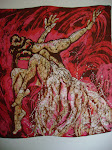

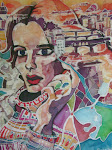
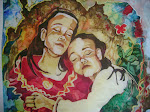

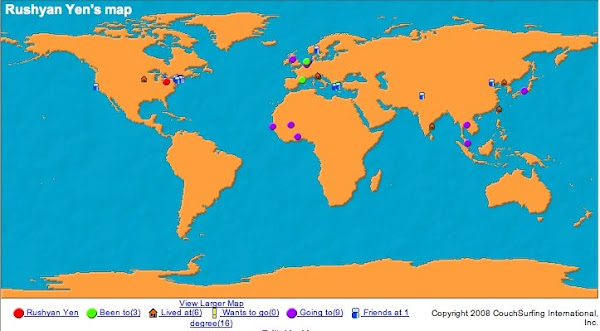
No comments:
Post a Comment